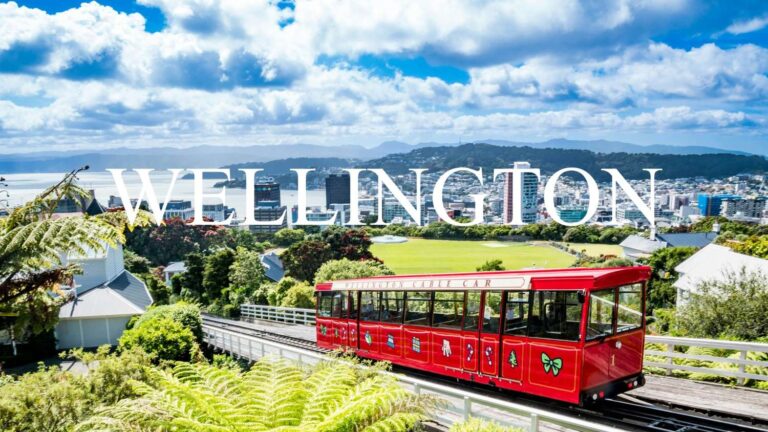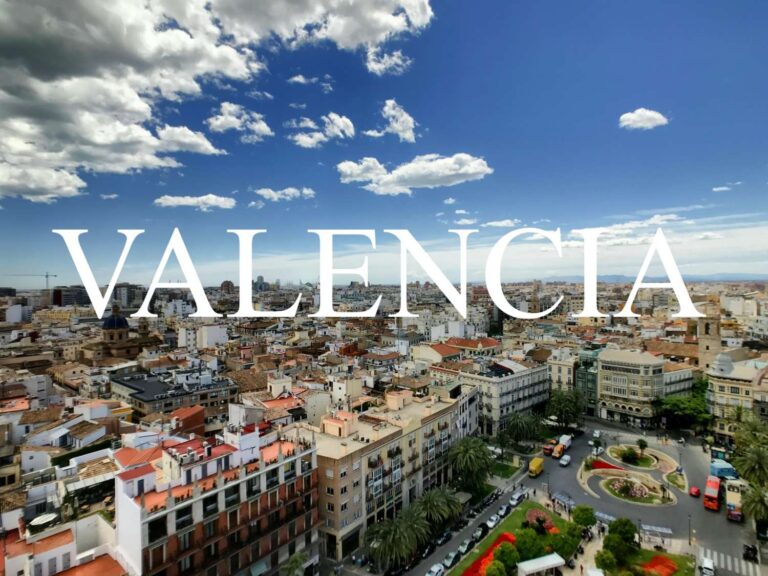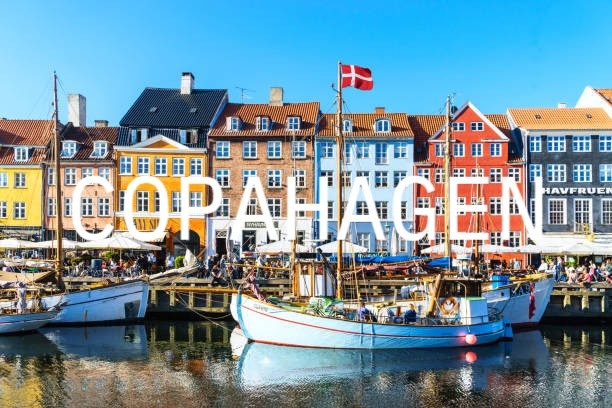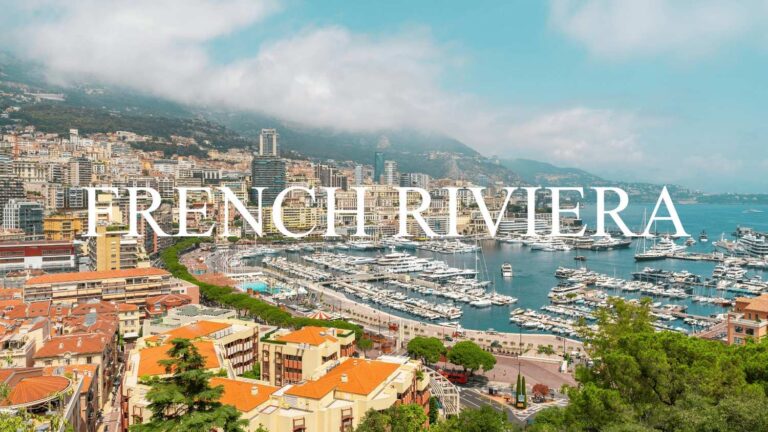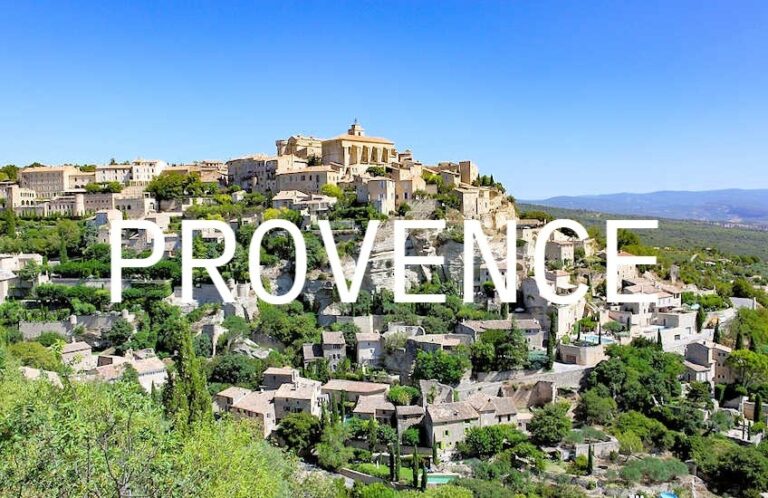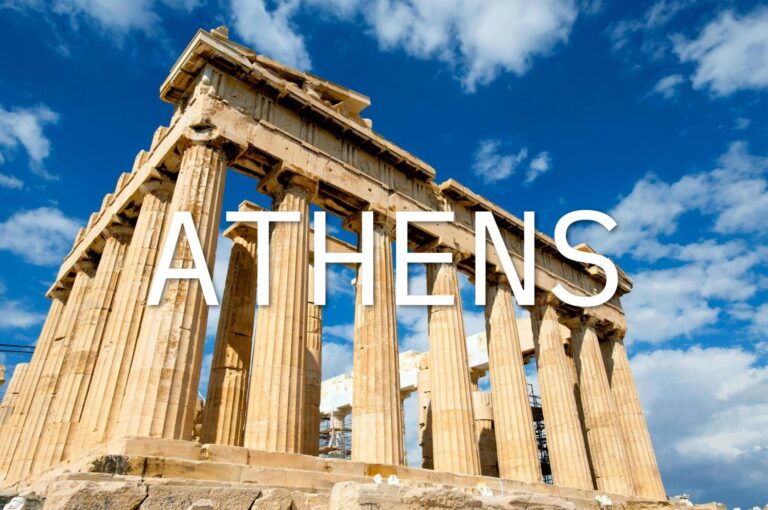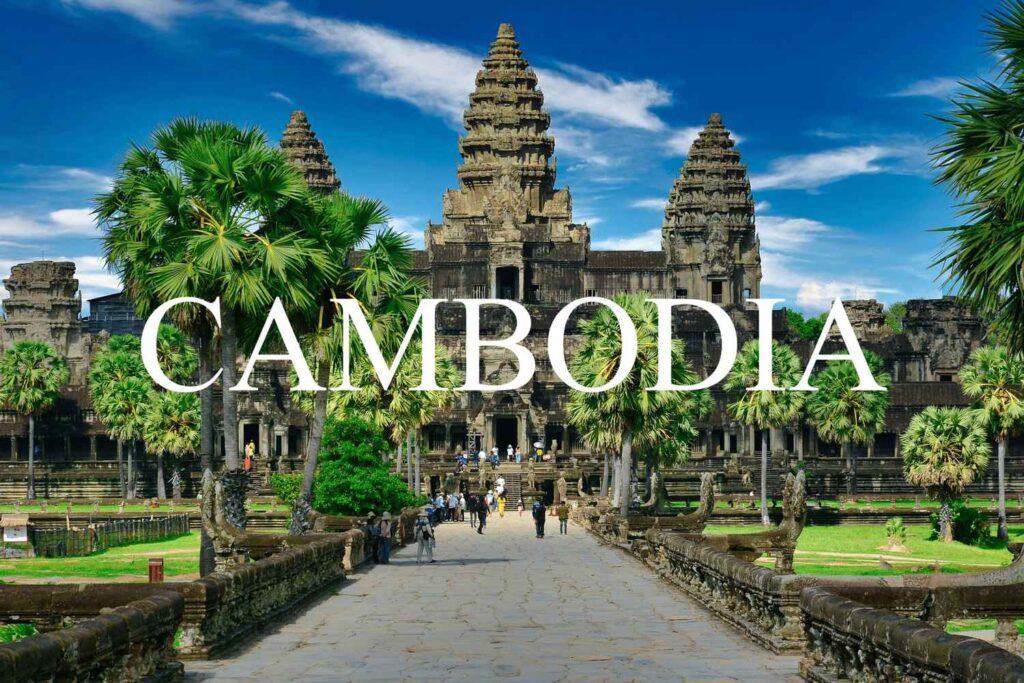
Cambodia, located in the heart of Southeast Asia, is a land of profound history, stunning landscapes, and heartfelt hospitality. Famous for the majestic Angkor Wat, Cambodia offers far more than its iconic temple complex—it’s a country where ancient traditions, vibrant street life, and untouched nature coexist in perfect harmony.
Begin your adventure in Siem Reap, the gateway to the Angkor temples. Marvel at the intricate carvings of Bayon and the jungle-wrapped ruins of Ta Prohm, where history comes alive in stone and silence. In Phnom Penh, explore Cambodia’s recent past at the Killing Fields and Tuol Sleng Museum, balanced by the grandeur of the Royal Palace and the city’s vibrant riverfront.
Beyond the cities, Cambodia offers peaceful escapes—from the floating villages of Tonlé Sap Lake to the white-sand beaches of Koh Rong and the green hills of the Cardamom Mountains. Whether you’re trekking in nature or relaxing by the sea, the country’s beauty is both raw and serene.
Food lovers will enjoy Khmer cuisine, with dishes like amok trey and lok lak, served everywhere from lively night markets to tranquil countryside cafés. But perhaps Cambodia’s greatest treasure is its people—warm, resilient, and welcoming, they leave a lasting impression on every visitor.
Whether you’re drawn by temples, culture, or tropical escapes, Cambodia is a soulful destination that offers unforgettable experiences at every turn.
🗓️ Best Time to Visit Cambodia
🌤️ Dry Season (November to April)
This is the most popular time to visit with warm, dry weather perfect for sightseeing, trekking, and exploring temples.
🌧️ Wet Season (May to October)
Expect heavy but brief afternoon rains, lush green landscapes, and fewer tourists. A great time for lower prices and a quieter experience.
💵 Currency & Travel Essentials
- Currency: Cambodian Riel (KHR), but US Dollars widely accepted
- Language: Khmer (English widely spoken in tourist areas)
- Transportation: Tuk-tuks, motorbike taxis, buses, boats, and car rentals
- Average Daily Budget:
- Budget: $15–$30
- Mid-range: $30–$70
- Luxury: $80+
🏯 10 Best Places to Visit in Cambodia
Angkor Wat (Siem Reap)
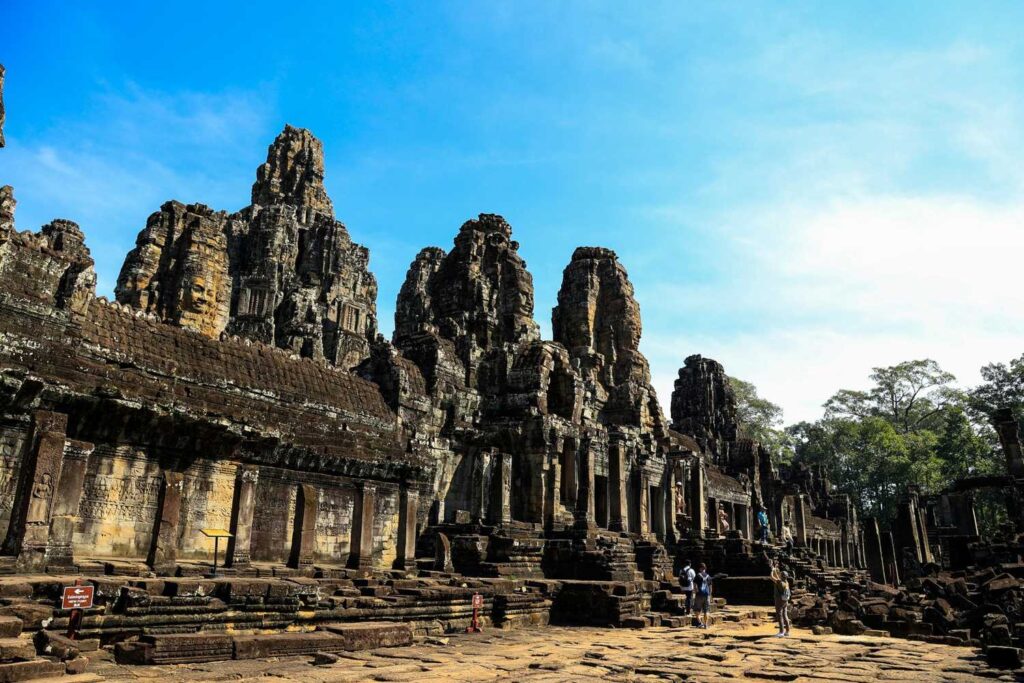
Photo by Robin Canfield on Unsplash
Angkor Wat, situated near Siem Reap, is the world’s largest religious monument and a symbol of Cambodia’s rich history and culture. Originally built in the early 12th century as a Hindu temple dedicated to Vishnu, it later transformed into a Buddhist site, reflecting Cambodia’s spiritual evolution. Famous for its grand scale, intricate bas-reliefs, and stunning Khmer architecture, Angkor Wat attracts millions of visitors annually who come to marvel at this UNESCO World Heritage site.
Exploring Angkor Wat offers a fascinating journey through ancient artistry, mythology, and religious heritage set against the backdrop of lush Cambodian jungle.
🌟 Highlights of Angkor Wat
🏛️ Architectural Marvel
• Discover the sprawling temple complex featuring towering spires, elaborate carvings, and vast courtyards.
• Admire the extensive bas-reliefs depicting Hindu epics like the Ramayana and Mahabharata.
• Climb to the central tower for breathtaking panoramic views of the surrounding area.
🕌 Spiritual Significance
• Experience the tranquil atmosphere of a place that has served as both a Hindu and Buddhist worship site.
• Witness monks performing rituals and soak in the spiritual ambiance.
🌳 Surrounding Landscape
• Wander the vast grounds with moats, reflecting pools, and ancient ruins that tell stories of a bygone era.
• Explore nearby Angkor Thom and Ta Prohm temples for a broader understanding of the Angkor archaeological park.
🎟️ Visitor Information
• Entry Tickets: Available for 1-day, 3-day, and 7-day passes with discounts for children and seniors.
• Opening Hours: Sunrise to sunset, with early mornings being the best time to avoid crowds and see the spectacular sunrise over the temple.
• Accessibility: Some areas involve climbing steep steps; comfortable shoes recommended.
📍 How to Get There
• Location: Approximately 5 kilometers north of Siem Reap town center.
• By Tuk-Tuk or Taxi: The most popular and convenient way to reach the temple complex.
• Bicycle Rentals: Available for those who prefer a more active approach.
💡 Travel Tips
• 🎫 Purchase tickets in advance, especially during peak tourist seasons.
• 🌅 Arrive early for the iconic sunrise experience.
• 👟 Wear comfortable footwear suitable for uneven terrain and climbing.
• 📷 Bring a camera to capture the intricate details and scenic views.
• 🧴 Stay hydrated and carry sunscreen or a hat due to the tropical climate.
Angkor Wat is not just an architectural wonder; it’s a timeless testament to Cambodia’s cultural legacy and spiritual depth. Whether you’re a history enthusiast, photographer, or traveler seeking awe-inspiring experiences, visiting Angkor Wat offers a profound connection to the ancient world and the heart of Southeast Asia.
Ta Prohm Temple
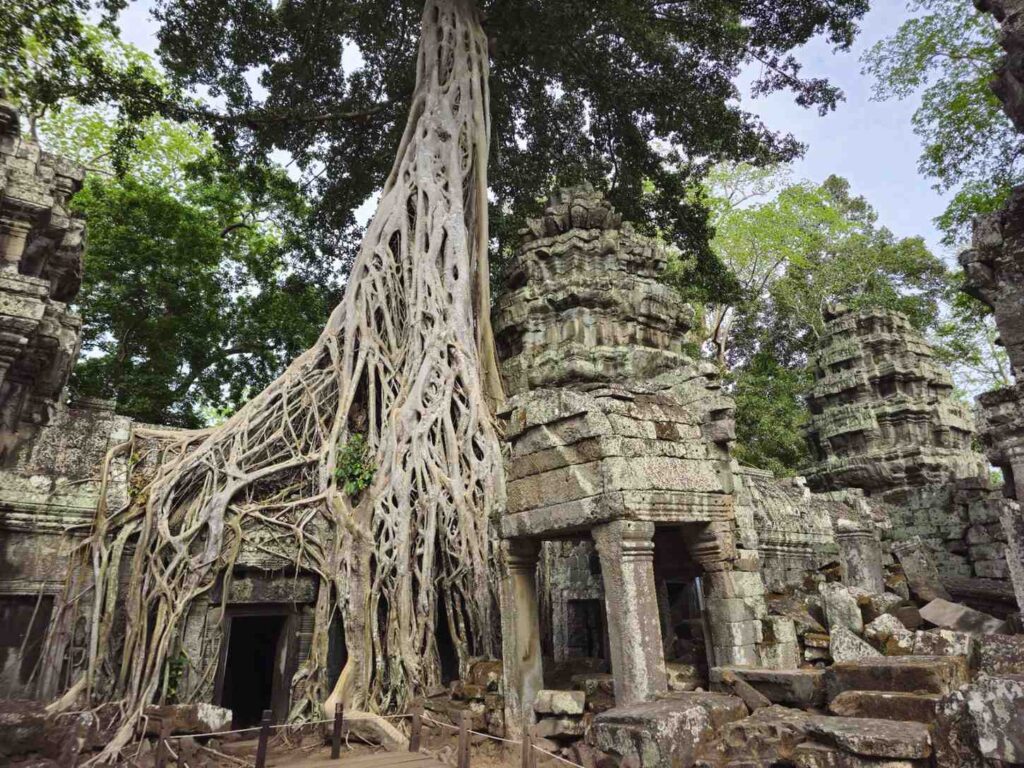
Ta Prohm Temple is one of Cambodia’s most captivating ancient sites, famous for the stunning way nature and history intertwine. This temple, part of the Angkor Archaeological Park near Siem Reap, stands out with massive tree roots sprawling over crumbling stone ruins, creating an unforgettable atmosphere.
Built in the late 12th century as a Buddhist monastery and university, Ta Prohm has been intentionally left largely unrestored, allowing visitors to experience the raw beauty of how the jungle has claimed its space.
🌟 Highlights of Ta Prohm Temple
🌳 Nature Meets History
• Explore iconic scenes where towering silk-cotton and strangler fig trees grow around and through the temple walls.
• Discover ancient carvings, intricate bas-reliefs, and architectural details that reveal the temple’s rich spiritual past.
🎥 Famous Film Location
• See the very spots where the movie Tomb Raider was filmed, adding to the temple’s mysterious allure.
🌅 Atmospheric Exploration
• Wander through shaded corridors and courtyards, perfect for photography and soaking in the mystical ambiance.
• Early mornings or late afternoons offer cooler temperatures and softer light for an ideal visit.
📍 How to Get There
• Located within the Angkor Archaeological Park, about 1.5 kilometers east of Angkor Wat.
• Easily accessible by tuk-tuk, bicycle, or car from Siem Reap town.
🕒 Visitor Information
• Open daily from 5:00 AM to 5:30 PM.
• Entrance included with the Angkor Pass (1-day, 3-day, or 7-day options).
• Comfortable walking shoes recommended due to uneven surfaces.
💡 Travel Tips
• 🎫 Buy your Angkor Pass in advance to save time at the entrance.
• 👟 Wear sturdy footwear for walking on roots and uneven ground.
• 📷 Bring a camera to capture the temple’s unique blend of nature and architecture.
• 🌞 Visit early or late to avoid the midday heat and crowds.
• 🧴 Use insect repellent as the jungle setting can attract bugs.
Ta Prohm Temple offers a magical journey into the heart of Cambodia’s ancient past, where towering trees and sacred stonework merge into one. This temple is a must-see for adventurers, history buffs, and nature lovers seeking a truly unforgettable experience amid the ruins of Angkor.
Phnom Penh Royal Palace
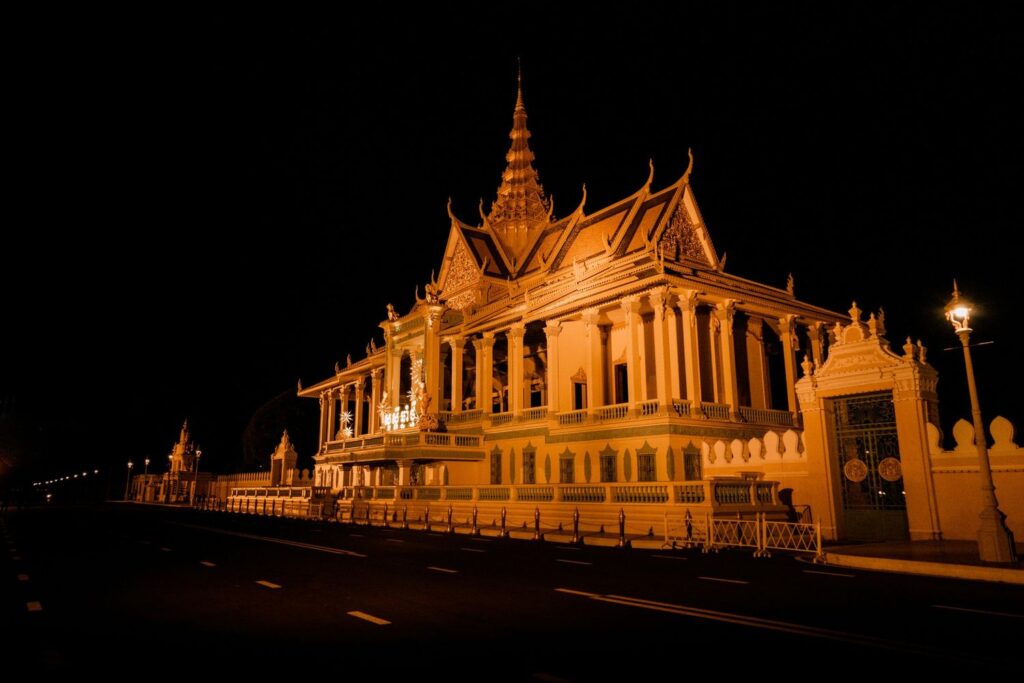
Photo by sam onn chan on Unsplash
Phnom Penh Royal Palace stands as a stunning symbol of Cambodia’s royal heritage and architectural grandeur. Serving as the official residence of the King of Cambodia, this splendid complex showcases exquisite Khmer design, intricate craftsmanship, and beautifully landscaped gardens. Visitors are drawn to the palace’s golden spires, ornate pavilions, and the revered Silver Pagoda, making it a must-visit destination in Cambodia’s vibrant capital.
Exploring the Royal Palace offers a captivating glimpse into Cambodia’s royal traditions, art, and history.
🌟 Highlights of Phnom Penh Royal Palace
🏯 Architectural Beauty
• Marvel at the gleaming golden roofs and intricately decorated buildings that reflect traditional Khmer architecture.
• Visit the Throne Hall, used for official ceremonies and royal events.
• Don’t miss the Silver Pagoda, famed for its floor covered in over 5,000 silver tiles and priceless Buddha statues.
🎨 Cultural Treasures
• Explore galleries displaying royal artifacts, historical relics, and exquisite Khmer art.
• Discover statues and murals depicting Cambodian legends and religious stories.
🌳 Peaceful Gardens & Grounds
• Stroll through manicured gardens with fountains and shaded walkways, offering a serene retreat in the city.
• Enjoy the tranquil atmosphere and beautiful views of the nearby Tonle Sap River.
🎟️ Visitor Information
• Opening Hours: Typically open daily from 8:00 AM to 5:00 PM (subject to royal events).
• Admission Fees: Modest entry fee applies, with discounts for students and seniors.
• Dress Code: Visitors should dress respectfully, covering shoulders and knees as the palace remains an active royal residence.
📍 How to Get There
• Location: Central Phnom Penh, along the Sisowath Quay waterfront.
• By Tuk-Tuk or Taxi: Easily accessible from most parts of the city.
• Walking: Within walking distance from many central hotels and attractions.
💡 Travel Tips
• 🎫 Arrive early to avoid crowds and enjoy the peaceful ambiance.
• 📷 Bring a camera but be mindful of restricted areas where photography is prohibited.
• 👟 Wear comfortable shoes suitable for walking on paved and uneven surfaces.
• 🧥 Respect the dress code to ensure entry.
• 🕒 Check ahead for any closures due to royal ceremonies or special events.
Phnom Penh Royal Palace is a breathtaking fusion of history, culture, and royal elegance. Whether you’re intrigued by Cambodia’s monarchy or simply appreciate stunning architecture and serene gardens, the palace promises an unforgettable experience at the heart of the capital city.
Tuol Sleng Genocide Museum
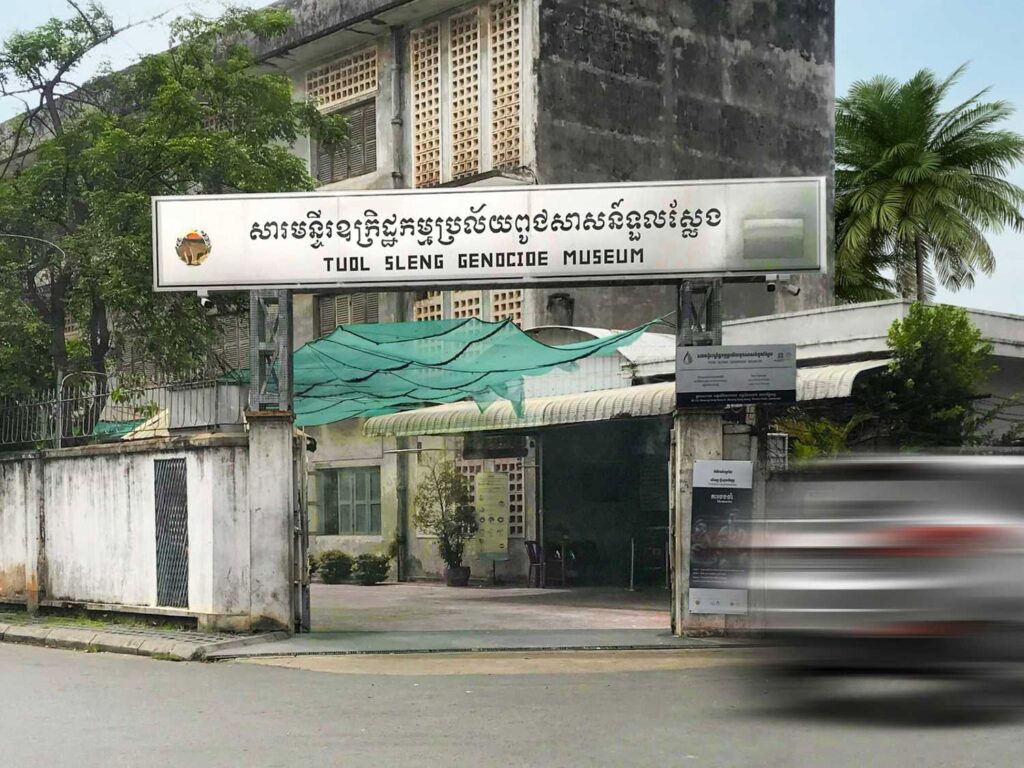
Tuol Sleng Genocide Museum stands as a powerful and poignant memorial in Phnom Penh, preserving the memory of the atrocities committed during the Khmer Rouge regime. Once a high school, this site was converted into Security Prison 21 (S-21), where thousands of innocent people were detained, tortured, and executed between 1975 and 1979.
Visiting the museum offers a deep and moving insight into Cambodia’s tragic history and the resilience of its people.
🌟 Highlights of Tuol Sleng Genocide Museum
📜 Historical Significance
• Explore the preserved prison cells, interrogation rooms, and detailed exhibits documenting the brutal Khmer Rouge era.
• View haunting photographic displays of prisoners, as well as personal artifacts and testimonies that tell stories of suffering and survival.
🎧 Educational Tours
• Join guided or audio tours to gain a fuller understanding of the events and hear survivor accounts that bring history to life.
• Exhibitions provide context about Cambodia’s history before, during, and after the Khmer Rouge period.
🙏 Reflective Experience
• Visit the outdoor memorial with plaques listing thousands of victims’ names, encouraging reflection and remembrance.
• The museum serves as a powerful reminder of human rights and the importance of peace.
📍 How to Get There
• Address: Street 113, Phnom Penh, Cambodia.
• Easily reached by tuk-tuk or taxi from central Phnom Penh.
🕒 Visitor Information
• Open daily from 8:00 AM to 5:30 PM.
• Admission fee applies, with proceeds supporting educational programs and museum upkeep.
• Modest dress recommended as a sign of respect.
💡 Travel Tips
• 🎫 Arrive early to avoid crowds and have a more contemplative visit.
• 🎧 Consider hiring a knowledgeable guide or using an audio guide for deeper insight.
• 📷 Photography is allowed but avoid capturing photos of visitors to respect privacy.
• 🧘♂️ Prepare emotionally—this is a heavy, impactful experience.
• 🚰 Bring water and wear comfortable shoes for walking around the grounds.
The Tuol Sleng Genocide Museum is essential for understanding Cambodia’s difficult history and honoring the victims of one of the 20th century’s darkest chapters. Though somber, this visit offers a meaningful chance to reflect on resilience, human rights, and the importance of remembering the past to build a better future.
Killing Fields of Choeung Ek
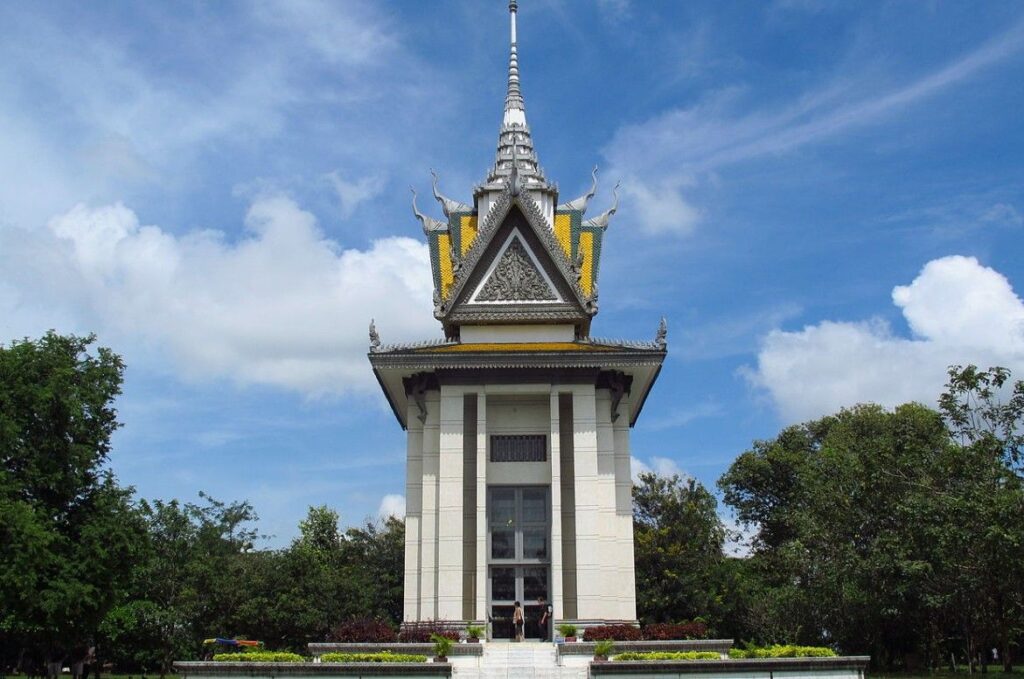
The Killing Fields of Choeung Ek offer a powerful and moving experience, honoring the memory of those who lost their lives during the Khmer Rouge regime. Situated just outside Phnom Penh, this historic site serves as a solemn reminder of Cambodia’s tragic past and resilience.
Visitors come here to reflect, learn, and pay respects at the memorial stupa filled with thousands of skulls, set amidst the peaceful yet poignant landscape.
🌟 Highlights of the Killing Fields of Choeung Ek
🕯️ Historical Significance
• Visit mass graves where thousands were executed during the Khmer Rouge era (1975–1979).
• Explore the memorial stupa, displaying skulls and bones as a solemn testament to the victims.
• Learn about the tragic history through detailed informational panels and audio guides.
🎧 Guided Tours & Audio Experience
• Engage with audio guides or guided tours for a deeper understanding of the events and personal stories behind the site.
• Hear survivor testimonies that bring history to life with respect and sensitivity.
🌿 Peaceful Reflection Grounds
• Walk through the tranquil grounds, with preserved trees marked by bullet holes and witness trees, adding authenticity to the site’s story.
• Quiet spaces encourage visitors to contemplate and honor the victims’ memories.
📍 How to Get There
• Location: About 17 km south of Phnom Penh city center.
• By Tuk-Tuk or Taxi: Easily accessible with many tour operators offering combined Phnom Penh and Killing Fields trips.
• Organized tours often include transportation and a knowledgeable guide.
🕒 Visitor Information
• Open daily from 7:30 AM to 5:30 PM.
• Modest entrance fee applies; audio guides usually available for rent.
• Visitors should dress respectfully, covering shoulders and knees.
💡 Travel Tips
• 🎫 Book a guided tour or audio guide to fully appreciate the historical context.
• 👟 Wear comfortable shoes for walking on uneven paths.
• 🧴 Bring water and prepare for the tropical climate.
• 📷 Photography is allowed but avoid intrusive behavior out of respect.
• 🕊️ Take time to reflect quietly — this site demands sensitivity and respect.
The Killing Fields of Choeung Ek offer a profoundly moving experience that sheds light on Cambodia’s painful history. Visiting this site is not just a journey through a dark chapter but a tribute to resilience and hope for future generations.
Tonle Sap Lake
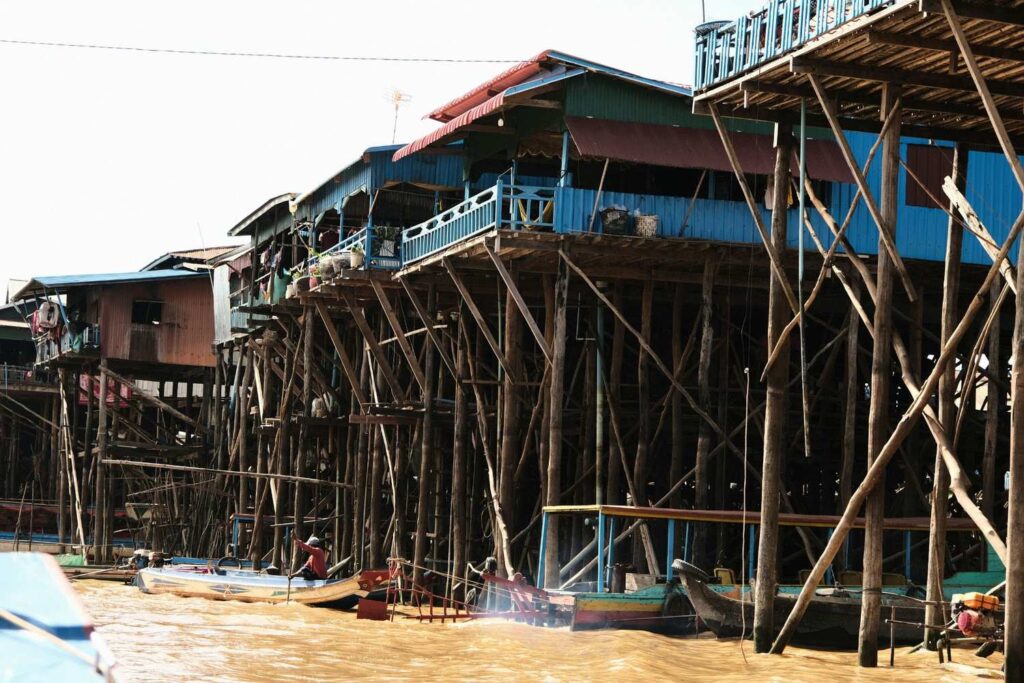
Photo by Siborey Sean on Unsplash
Tonle Sap Lake is Southeast Asia’s largest freshwater lake and one of Cambodia’s most vital natural treasures. This dynamic body of water swells dramatically during the rainy season, creating a rich and diverse ecosystem that supports countless species and communities. Tonle Sap offers visitors a fascinating glimpse into traditional Cambodian life, floating villages, and unique wildlife, making it a must-see destination for nature lovers and cultural explorers alike.
🌟 Highlights of Tonle Sap Lake
🚣 Floating Villages & Local Life
• Visit vibrant floating villages such as Chong Khneas and Kampong Phluk, where homes, markets, and schools all float on the water.
• Experience traditional fishing techniques and learn about the lake’s importance to local livelihoods.
• Take boat tours that offer immersive views of daily life on the water and stunning sunrise or sunset scenes.
🐦 Rich Biodiversity
• Spot a variety of bird species, including migratory waterfowl and rare birds in the flooded forests.
• Explore flooded forests and wetlands that serve as critical habitats for fish and wildlife.
• Discover how the lake’s seasonal floods create a unique environment that supports one of the richest freshwater fisheries in the world.
🌿 Cultural & Environmental Significance
• Tonle Sap plays a crucial role in Cambodia’s agriculture and food security by replenishing the Mekong River’s fish stocks.
• The lake and its surrounding wetlands are designated as a UNESCO Biosphere Reserve, highlighting their global ecological importance.
• Learn about ongoing conservation efforts and sustainable practices protecting this precious ecosystem.
📍 How to Get There
• Location: Around 15-30 km from Siem Reap city, accessible by road.
• By Boat: Tours depart from Siem Reap’s riverfront, with options ranging from half-day to full-day trips.
• By Car or Tuk-tuk: Easily reached via short drives from Siem Reap, ideal for combining with Angkor visits.
🕒 Visitor Information
• Best Time to Visit: November to May offers lower water levels and easier access; rainy season (June-October) shows the lake at its fullest and most dramatic.
• Tour Options: Choose from small boat tours, group excursions, or private guides.
• Safety: Life jackets are usually provided, but check in advance.
💡 Travel Tips
• 👒 Bring sun protection and insect repellent, especially for boat trips through wetland areas.
• 📷 Don’t forget your camera to capture unique scenes of floating houses and wildlife.
• 💧 Carry water and light snacks for longer tours.
• 🤝 Support local communities by purchasing crafts and souvenirs directly from floating village vendors.
• 🌍 Consider eco-friendly tours that respect the delicate environment and local culture.
Tonle Sap Lake is not just a natural wonder but a living cultural landscape that tells the story of Cambodia’s connection to water and nature. A visit here offers a rare chance to witness the harmony between people and environment, making it an unforgettable experience for any traveler.
Banteay Srei Temple
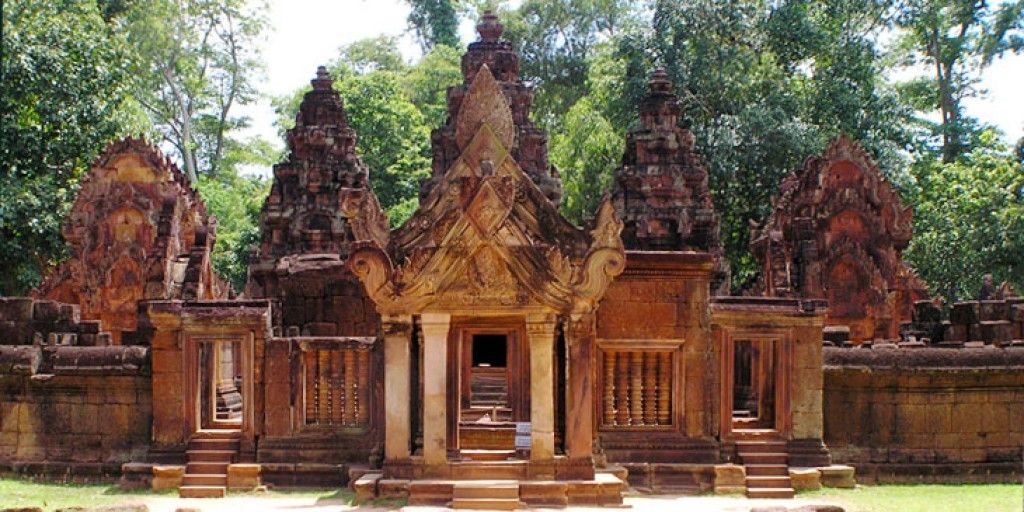
Banteay Srei Temple is a captivating highlight of Cambodia’s Angkor region, renowned for its exquisite pink sandstone carvings and intricate details. Often called the “Citadel of Women,” this 10th-century Hindu temple stands out for its delicate artwork and beautifully preserved reliefs, offering visitors a unique glimpse into ancient Khmer craftsmanship.
Set slightly away from the main Angkor complex, Banteay Srei invites travelers to discover a hidden gem rich in history and artistry.
🌟 Highlights of Banteay Srei Temple
🎨 Masterful Carvings
• Admire detailed bas-reliefs depicting Hindu mythology, including scenes from the Ramayana and Mahabharata epics.
• Marvel at the fine craftsmanship, considered some of the best in Khmer sculpture.
🏛️ Unique Architecture
• Explore a compact temple complex built entirely from pink sandstone, which glows warmly in the sunlight.
• Discover beautifully carved lintels, pediments, and doorways adorned with floral and mythological motifs.
🌿 Tranquil Surroundings
• Enjoy a peaceful walk through the lush gardens and small forested area around the temple.
• Perfect spot for photography and quiet reflection away from the busier Angkor sites.
📍 How to Get There
• Location: About 25 kilometers northeast of Siem Reap city.
• By Tuk-Tuk, taxi, or bike: Easily accessible via a scenic route through Cambodian countryside.
🕒 Visitor Information
• Open daily from 7:30 AM to 5:30 PM.
• Entrance included with the Angkor Pass (1-day, 3-day, or 7-day options).
• Comfortable shoes recommended due to uneven terrain.
💡 Travel Tips
• 🎫 Visit early morning to enjoy cooler temperatures and avoid crowds.
• 📷 Bring a camera to capture the intricate carvings and glowing sandstone.
• 👟 Wear comfortable footwear suitable for walking and uneven surfaces.
• 🌞 Don’t forget sunscreen and water, especially during the hotter months.
Banteay Srei Temple is a must-see for lovers of history, art, and architecture. Its delicate carvings and serene atmosphere make it a standout experience within the Angkor Archaeological Park and a true testament to Cambodia’s rich cultural heritage.
Kampot and Kep

Kampot and Kep offer a refreshing escape from Cambodia’s bustling cities, blending peaceful riverfront charm with stunning coastal scenery. These neighboring towns are beloved for their laid-back atmosphere, delicious seafood, and access to beautiful landscapes—from pepper plantations to pristine beaches. Whether you’re exploring colonial architecture, hiking nearby hills, or savoring fresh crab by the sea, Kampot and Kep provide an authentic and rejuvenating Cambodian experience.
🌟 Highlights of Kampot and Kep
🌾 Scenic Nature and Outdoor Activities
• Wander through Kampot’s famous pepper plantations, renowned worldwide for their quality and flavor.
• Take a boat cruise along the Kampot River, especially magical at sunset.
• Visit Kep National Park for hiking trails with panoramic views of the coastline and surrounding hills.
• Relax on Kep’s tranquil beaches or explore nearby Rabbit Island (Koh Tonsay) by boat.
🍤 Culinary Delights
• Feast on freshly caught crab at Kep’s vibrant crab market, a must-try for seafood lovers.
• Sample Kampot pepper in local dishes or pick up spices as souvenirs.
• Enjoy cozy riverside cafes and street food stalls offering authentic Khmer flavors.
🏛️ Cultural and Historical Sights
• Discover charming colonial architecture and old French villas in Kampot.
• Explore the small, colorful fishing village vibe of Kep, with its iconic crab statues and markets.
• Visit nearby caves and ancient temples for a touch of local history and adventure.
📍 How to Get There
• Location: Kampot is about 150 km south of Phnom Penh; Kep is a short 30-minute drive from Kampot.
• By Bus: Regular buses run from Phnom Penh and Sihanoukville to Kampot and Kep.
• By Car or Taxi: Comfortable drives along scenic routes connecting these coastal gems.
🕒 Visitor Information
• Best visited during the dry season (November to April) for pleasant weather and outdoor activities.
• Many guesthouses, boutique hotels, and homestays available to suit various budgets.
💡 Travel Tips
• 🚴 Rent a bicycle or scooter to explore Kampot and Kep at your own pace.
• 🌅 Don’t miss sunset views over the Kampot River or from Kep’s coastline.
• 🦀 Try the famous crab with Kampot pepper sauce—fresh and flavorful!
• 📸 Bring a camera to capture stunning natural landscapes and vibrant local life.
• 🛍️ Shop for local pepper and handmade crafts as unique souvenirs.
Kampot and Kep are perfect destinations for travelers seeking calm, natural beauty, and rich flavors away from the crowds. Their blend of scenic charm, cultural history, and delicious cuisine ensures a memorable and rejuvenating Cambodian getaway.
Sihanoukville Beaches
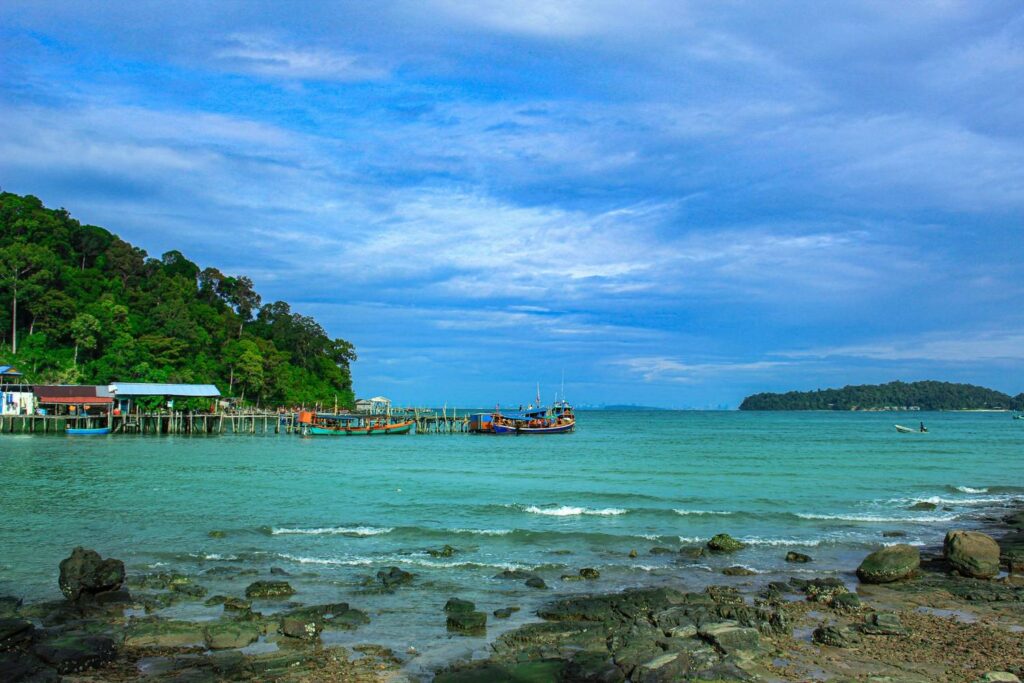
Photo by SAM sokkolinmony on Unsplash
Sihanoukville Beaches offer an inviting retreat with their golden sands, crystal-clear waters, and vibrant beach vibes. This coastal city on Cambodia’s southwest shore is famous for its stunning beaches, lively atmosphere, and easy access to nearby islands. Whether you’re seeking relaxation under palm trees, water sports adventures, or beachside dining, Sihanoukville’s beaches provide a perfect seaside escape for all kinds of travelers.
🌟 Highlights of Sihanoukville Beaches
🌴 Diverse Beaches for Every Mood
• Serendipity Beach: Popular among backpackers, with buzzing bars, restaurants, and vibrant nightlife.
• Otres Beach: Known for its relaxed vibe, ideal for families and those wanting a quieter beach experience.
• Sokha Beach: A more upscale, private beach area offering calm waters and luxury resorts.
• Independence Beach: Beautiful, less crowded with great spots for swimming and snorkeling.
🌊 Water Activities & Island Hopping
• Dive or snorkel in the clear waters to explore colorful coral reefs and marine life.
• Take boat trips to nearby islands like Koh Rong and Koh Rong Samloem, famous for pristine beaches and tranquil surroundings.
• Enjoy kayaking, jet-skiing, and paddleboarding along the coast.
🍽️ Beachside Dining & Nightlife
• Savor fresh seafood and Khmer dishes at beachside shacks and restaurants.
• Experience lively beach bars offering cocktails, live music, and sunset views.
• Try local fruits and snacks sold by vendors along the shore.
📍 How to Get There
• Location: Sihanoukville city is accessible from Phnom Penh (approx. 4-5 hours by road) and via Sihanoukville International Airport.
• By Bus or Taxi: Frequent buses and taxis connect Sihanoukville with major Cambodian cities.
• Boat Transfers: Regular ferries run from Sihanoukville to nearby islands.
🕒 Visitor Information
• Beaches are accessible year-round, with the dry season (November to April) offering the best weather.
• Beach facilities include loungers, umbrellas, and rental gear at popular spots.
💡 Travel Tips
• 🕶️ Bring sun protection—hat, sunscreen, and sunglasses are essential.
• 👟 Wear comfortable sandals or flip-flops for walking on the sand and around beach areas.
• 📸 Capture stunning sunsets, especially from Otres and Serendipity beaches.
• 🍴 Don’t miss trying grilled seafood and tropical fruit smoothies at beach vendors.
• 🏝️ Plan day trips to nearby islands for a quieter, more pristine beach experience.
Sihanoukville Beaches provide a fantastic coastal escape with options for relaxation, adventure, and vibrant nightlife. Whether lounging on the sand, exploring underwater wonders, or enjoying fresh seafood by the shore, these beaches capture the essence of Cambodia’s tropical charm.
Beng Mealea Temple

Beng Mealea Temple offers a captivating adventure into Cambodia’s rich Khmer heritage. This sprawling temple complex, surrounded by dense jungle, stands as a hauntingly beautiful example of 12th-century architecture. Known for its partially collapsed structures and thick overgrowth, Beng Mealea provides a unique, off-the-beaten-path experience where history blends seamlessly with nature. It’s an ideal destination for those who love exploration and the magic of ancient ruins.
🌟 Highlights of Beng Mealea Temple
🌿 Enchanting Jungle Ruins
• Wander through maze-like corridors and crumbling sandstone walls covered with vines and roots.
• Discover intricately carved lintels, bas-reliefs, and sculptures depicting Hindu mythology.
• Experience the atmosphere of a temple reclaimed by nature, often compared to the famous Ta Prohm.
🏞️ Adventure & Exploration
• Trekking through the dense jungle to reach the temple adds to the sense of discovery.
• Explore hidden chambers and stairways, perfect for photography and quiet reflection.
• Less crowded than major Angkor temples, allowing a more intimate and immersive visit.
📜 Historical Significance
• Built in the early 12th century during the reign of King Suryavarman II, the same king behind Angkor Wat.
• Designed in the classic Khmer architectural style, reflecting religious and cultural traditions of the time.
• Remains partially unrestored, providing a raw and authentic glimpse into ancient temple construction.
📍 How to Get There
• Location: Approximately 70 km east of Siem Reap city, accessible by road.
• By Car or Tuk-tuk: Around 1.5-hour drive from Siem Reap, with rental cars or guided tours recommended.
• Tours: Many visitors combine Beng Mealea with a visit to the nearby Koh Ker temple complex on day trips.
🕒 Visitor Information
• Opening Hours: Typically open daily from 7:30 AM to 5:30 PM.
• Admission Fees: Separate ticket from the Angkor Archaeological Park; discounted combined tickets may be available.
• Accessibility: Uneven terrain and jungle paths require sturdy footwear and moderate fitness.
💡 Travel Tips
• 👟 Wear comfortable walking shoes suitable for uneven ground and hiking.
• 🦟 Bring insect repellent to guard against mosquitoes in the jungle.
• 📸 Capture the magical interplay of light and shadow among the ruins and trees.
• 💧 Carry water and sun protection, especially during hot weather.
• 🕵️♂️ Consider hiring a local guide to uncover hidden stories and architectural details.
Beng Mealea Temple offers an unforgettable journey into Cambodia’s ancient Khmer world, where history and nature intertwine in a spectacular setting. It’s a must-visit for adventurous travelers eager to experience a mystical, less-touristed side of the Angkor region.
📍 How to Get There
- By Air: Major international airports in Phnom Penh and Siem Reap.
- By Bus: Frequent services connect Cambodia with Thailand, Vietnam, and Laos.
- By Boat: Water transport is popular on Tonle Sap Lake and Mekong River.
🕒 Visitor Information
- Most attractions open from 7:00 AM to 5:00 PM.
- Dress modestly, especially when visiting temples and religious sites.
- Hiring a local guide enriches your experience and supports the community.
💡 Travel Tips
- 🛺 Use tuk-tuks for short trips and negotiate fares beforehand.
- 🥢 Try Khmer cuisine staples like amok (coconut curry fish) and lok lak (stir-fried beef).
- 💧 Drink bottled water to stay safe and hydrated.
- 🎟️ Purchase the Angkor Pass if visiting multiple temples.
- 🌞 Carry sunscreen, hats, and insect repellent during outdoor excursions.
- 📸 Respect local customs and ask permission before photographing people.
📝 Additional Information
- Safety: Cambodia is generally safe for tourists, but be cautious with valuables in crowded areas.
- Connectivity: Wi-Fi is common in hotels and cafes; SIM cards are affordable and easy to buy.
- Shopping: Explore night markets in Siem Reap and Phnom Penh for handicrafts and souvenirs.
- Cultural Respect: Learning a few Khmer phrases like “hello” (chom reap suor) and “thank you” (aw kohn) is appreciated.
🌍 Final Thoughts
Cambodia offers a compelling journey through history, culture, and nature. From the mystical temples of Angkor to the lively streets of Phnom Penh and the peaceful waters of Tonle Sap, this country captivates travelers with its resilience and warmth. Whether you’re seeking spiritual reflection, adventure, or cultural immersion, Cambodia is a destination that leaves a lasting impression.

I’m Shreyash Mhashilkar, an IT professional who loves building user-friendly, scalable digital solutions. Outside of coding, I enjoy researching new places, learning about different cultures, and exploring how technology shapes the way we live and travel. I share my experiences and discoveries to help others explore new places, cultures, and ideas with curiosity and enthusiasm.

